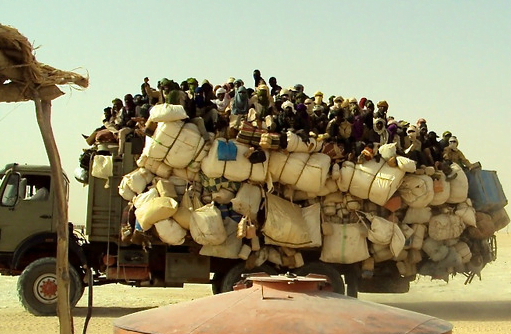The UN’s Office for the Coordination of Humanitarian Affairs, better known as OCHA, released its 2012 Consolidated Appeal Process today. This is the mechanism by which humanitarian relief organizations in the UN (like UNICEF and the World Food Program) and major NGOs (like the Red Cross, Save the Children, Oxfam, Mercy Corps and others) project their needs to respond to discreet humanitarian emergencies that will extend into 2012.
This year, OCHA identified 15 humanitarian emergencies around the globe. Some are predicable: famine in Somalia, refugees in Sudan, Haiti earthquake relief; others you might not have noticed: flooding in the Philippines, a food crisis in Niger. The full list of humanitarian crises projected to last through 2012 is here:
The dollar amounts you see are the amount that humanitarian agencies say is required to fully respond to the humanitarian needs of people affected by the emergency. (The “$00s” is how much has been committed so far…but keep in mind this was only announced about 2 hours ago). All told, the UN says $7.7 billion is required to feed every person, construct every latrine, or erect every tent for people affected by these 15 million crises.
The most expensive emergency is Somalia ($1.5 billion) followed by Sudan and Kenya. But perhaps the biggest humanitarian emergency in 2012 will be some terrible act of god: an earthquake that flattens Dhakha or major flooding in Honduras. Future acts of god are not included in these projections so the actual cost will be more than $7.7 billion. After unforeseen natural disasters were taken into account, last year’s requirements were about $8.8 billion.
The way that the international community responds to these appeals is basically through charity. The humanitarian community lays out a very specific accounting of their needs in the Consolidated Appeals document (like how much Oxfam says it needs to construct latrines in Pakistan, or how much the World Food Program says it needs to maintain a reasonable calorie count for people in Yemeni refugee camps). Then, these organizations go to donors hat in hand asking for the money.
It’s a pretty brutal process, and as you can imagine the less “popular” appeals suffer. Last year a $14 million appeal for Nicaragua flood victims was only 28% filled while an emergency appeal for Libya is over 80% filled. Very rarely are appeals funded above 80%. Most hover around 40-60%. Out of the $8.8 billion that humanitarian agencies requested in total in 2011, only $5.2 billion was actually delivered.
Alas, this is how the international community has decided to respond to humanitarian emergencies. Donors pay what they want, when they want. A more forward thinking approach might be a dues paying system into which every country in the world pays into a central pot based on their GNP. That way, funding streams could be a bit more reliable and robust. We are not talking about huge sums of money when spread across every country in the world. But even a modest increase in the amount of money that goes to humanitarian relief can have a huge affect on the lives and livelihoods of millions of the most vulnerable people around the world.

